Master planned, self contained New Cities have appeared all over Africa. Emulating models from the global north, private-sector boosters advance them without considering factors such as environment, economy, context and even poverty. Nairobi-based urban practitioner Jane Lumumba argues they might only make social and economic problems worse.
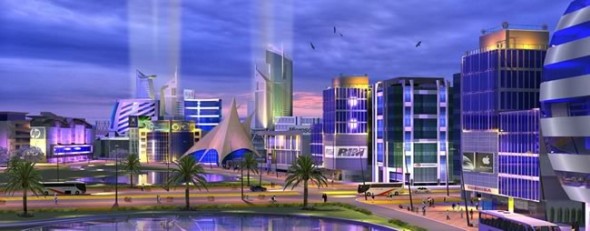

Why Africa Should Be Wary of Its “New Cities”
By Jane Lumumba, Published in NextCity.org
Africa is bracing itself for the arrival of the New Cities.
That’s the term being used by urban scholars to describe the continent’s next urban phenomenon: Comprehensively planned, independent, relatively self-contained communities, usually built from scratch, and large enough to provide within their borders housing, public facilities, socio-cultural opportunities and employment for their residents.
Eko Atlantic will change the face of Africa and will help Lagos State transform itself into megacity status on the world map. This state will provide space for the 25 million people expected to live and work in the region by the year 2015. Eko Atlantic is a creative and ambitious development and is rapidly becoming a source of great national pride in Nigeria. — Eko Atlantic Promotional Material
Garden Cities for Africa
Some scholars have gone so far as to call the New Cities “urban villages,” distinguishing them from a “normal” city that gradually grows and evolves over time. New City projects emerging in Africa are planned urban areas, usually on the periphery of an older city, designed to meet their own residential, commercial, industrial and retail needs. The concept is not a novel one. Over a century ago, Sir Ebenezer Howard’s Garden Cities were an attempt to create new modern cities to right the wrongs of London during the 20th century. Ebenezer’s concept is now being applied in Africa, albeit under new and complex conditions. But of concern is that, with so many New Cities already in the pipeline, still no one knows what their impact will be. A vast urban experiment is underway, with not nearly enough study or forethought as to how these places will affect the economies, environments and lives of people who will live both in and outside of them.
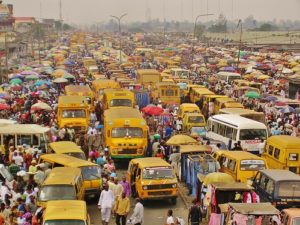

Nairobi will soon welcome Konza, already being hailed as Africa’s Silicon Valley, and Tatu City, a $2.8 billion USD project located just off the region’s new Thika Super-Highway. Just outside of Accra, Appolonia, nicknamed the “City of Light,” is a planned, mixed-use city that broke ground last year and is conceptualized as a “work-live-play” community. Lagos is eyeing the construction of Eko Atlantic, a city for 400,000 built on land reclaimed from the ocean. And Lusaka, Zambia is welcoming Roma Park, a residential and commercial development being built on 118 hectares of greenfield. The list of projects continues to grow as other African cities jump on the bandwagon. This trend in urban development calls for empirical diagnosis and analysis of the opportunities, challenges and implications of these emerging urban forms.
Under Lagos’s energetic governor, much lauded in the international financial media, this crowded megalopolis of high rises, filthy lagoons, fierce traffic jams and sprawling slums, home to perhaps 21 million people, has proclaimed its ambition to become the region’s, if not Africa’s, premier business center. — Adam Nossiter, NY Times
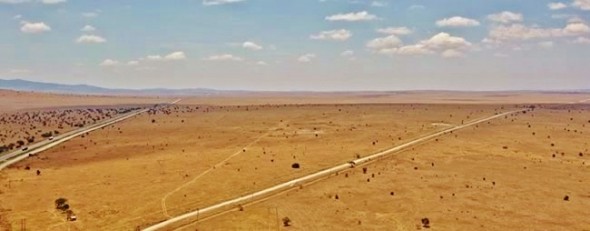

More Connected, Global and Sustainable?
Based on the assumption of a shared longing for new urban spaces, these cities come with promises of impressive amenities and functioning systems that will enable the urban lifestyle most Western cities provide. And they’re branding themselves accordingly – they’re sometimes called Eco-Cities or Smart Cities — and boast that they will be more connected, global and sustainable than traditional cities.
What is worrying is that there is little recognition of place, economy, context and even poverty in these cities. This begs several questions. To whom do these cities belong? Who is planning them? Are they inclusive cities, or simply profit-driven businesses?


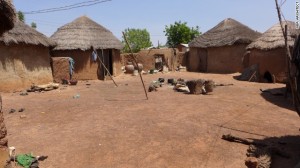

New Cities are private-sector driven with great support from naïve African governments that want to leverage their personal and political mandates with exciting new ideas. These governments are betting on two things. The first is that an emerging African middle class that will demand (and pay a premium for) high-quality urban space. And the second is that the economic recession in Europe will spur more “urban entrepreneurialism” — due to lack of lucrative opportunities and an already saturated market in Europe, foreign private-sector companies are exercising urban neo-liberalism and place marketing in African cities.
In this gleaming vision, the old Lagos of slums has an uncertain future. Two-thirds of the city’s residents live in “informal” neighborhoods, as activists call them, while more than one million of the city’s poor have been forcibly ejected from their homes in largely unannounced, government slum clearances over the last 15 years, a leading activist group says. — Adam Nossiter
Un-Democratic Planning, No Room for the Urban Poor
But a great concern with these New Cities is that, from concept to construction, they silence or even outright exclude urban planners and managers, local governments and even the citizenry itself. Many New Cities are being built with input exclusively from architects, engineers and property developers. This lack of fundamental technical input from other stakeholders is worrying. For example, Tatu City in Nairobi is set to be developed on prime agricultural land. This land was initially a coffee plantation, which happens to be an important foreign exchange earner for Kenya. This draws in the issue of land use, particularly in countries where there are weak regulatory frameworks and cultural influences on land ownership.
These cities also risk exacerbating the problems of spatial fragmentation, and social and spatial polarization. Many African urbanites are poor – Nairobi’s urban poor, for example, are said to be 60 percent of the city’s population. The sustainable agenda inherent in the designs of these New Cities is not feasible for the urban poor. Will informal housing or vending be allowed in these cities? Will the glass high-rises with their expensive cooling systems – functioning against the backdrop of unreliable electricity – exclude those who cannot afford to support these costs?
Mr. Morka, a Harvard-trained lawyer who is challenging the state government in court over the demolitions, said: “They want a Lagos that looks good, that feels good, that glitters. But they are well aware that Lagos is Lagos because of the people that live here. They are doing this without regard for the people who live here.” — New York Times
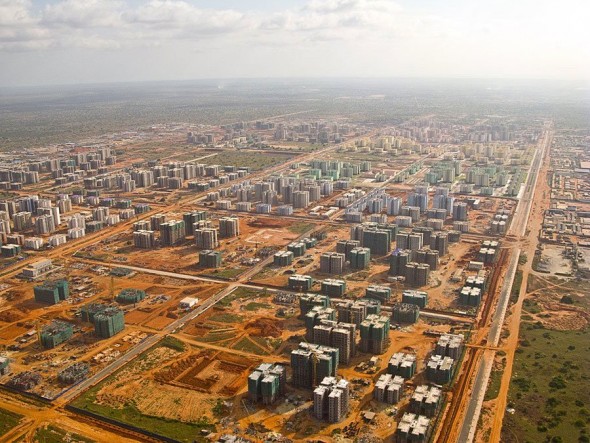

Though the consequences of these cities are speculative, Africa can learn from recent cases. The most relevant is in Angola. Nova Cidade de Kilamba was built by a state-owned Chinese investment company on an assumption of housing deficits and a need to provide mixed-use buildings in the outskirts of Luanda, the capital city. Today, this development is empty. The neighboring slum dwellers are unable to afford the expensive apartments, and better-off residents don’t want to move away from the central business district’s economic activity and amenities. It is clear that this project was not well thought through. Indeed, it was a fantasy and has remained so since its inception — an ominous sign for the many other New Cities popping up around the continent.
Jane Lumumba is an urban practitioner living and working in Nairobi, Kenya. She is currently a consultant at UN-HABITAT working in the fields of urban governance and devolution in Kenya. She is also the co-founder and director of LuMa Africa, a regional firm with capacity building at the heart of its mandate working with a wide range of stakeholders with the aim of harnessing and promoting core capacity-building tools in order to stimulate long-term profits and change.

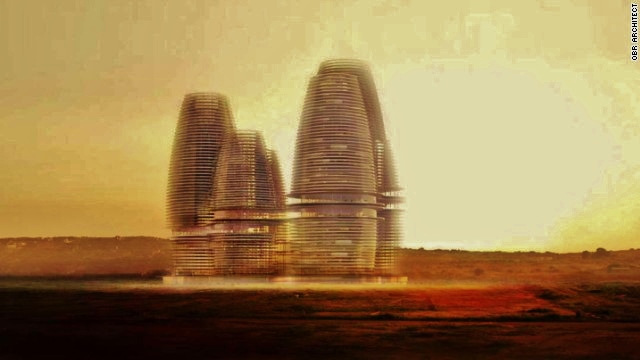












Pingback: Songdo: Utopian City of Big Data and Urban "Sustainability" | WilderUtopia.com
Pingback: Songdo South Korea